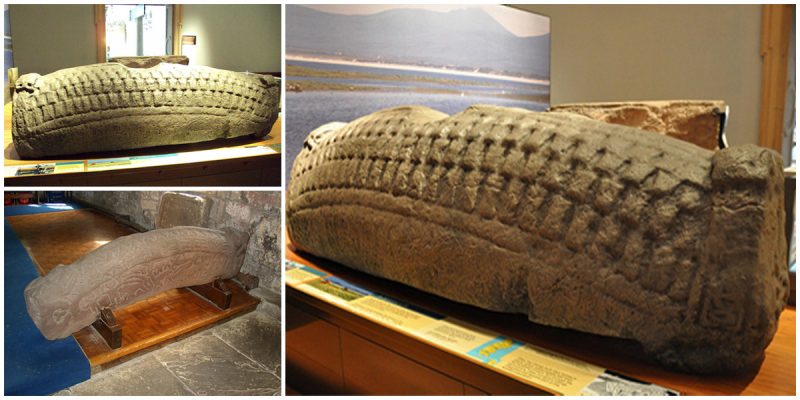Hogbacks are stone-carved Anglo-Scandinavian sculptures from 10th to 12th century England and Scotland, generally accepted as grave markers, or stylized ‘houses’ for the dead.
The hogback was derived from a variety of sources, the two most influential being Anglo-Saxon and Scandinavian in origin. Although hogbacks are not found in Scandinavia, they are considered a unique invention made by the Viking settlers in Northern England.
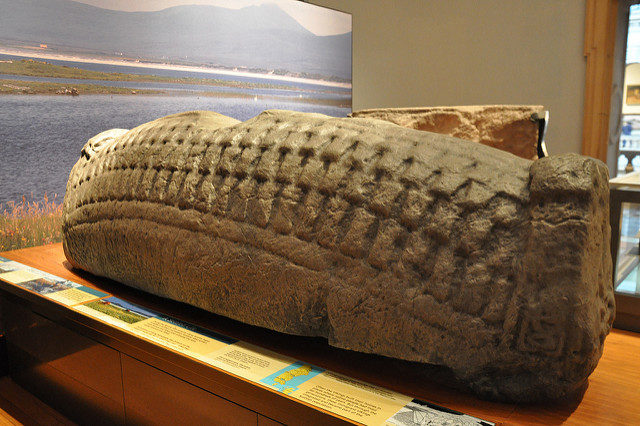
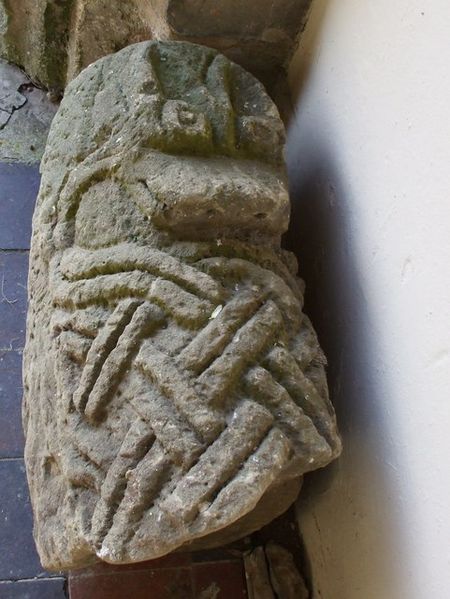
It has been suggested that the monument type was invented in the late 9th century, at a time when Viking warlords had seized power at York. However, a tenth-century date has been generally accepted due to the ornament on hogbacks, largely influenced by the Borre and Jellinge styles which appeared in Scandinavia in the late ninth and early tenth centuries.
One theory is that hogbacks originated among the Danish settlers who occupied Northern England in the 870s after the fall of the Anglo-Saxon kingdom of Northumbria.
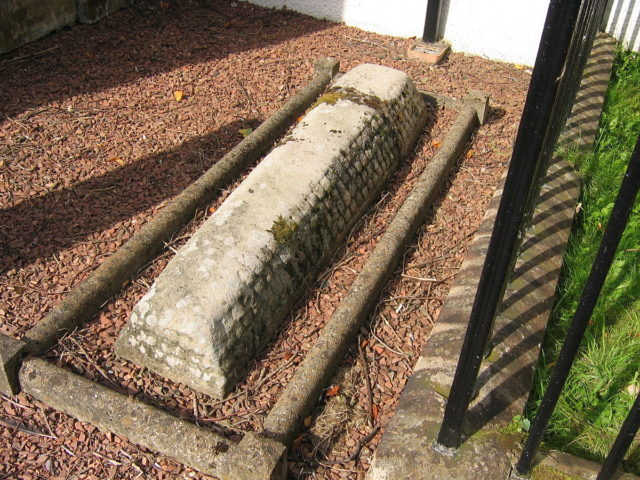

The resemblance of so many early hogbacks to Viking-Age long houses is brought about not only by the shape and lines of the monuments but also on occasion by the depiction of architectural details, often stylized or modified by accompanying ornament. The ornament of hogbacks varies widely with some featuring large, three-dimensional end-beasts, often in the shape of bears.
Hogbacks without end-beasts often resemble longhouses and their ornament consists only of architectural features. Some hogbacks are also decorated with ‘shingles’ on either side of the central ridge, known as tegulation. The scroll type hogback is a subset of the warrior’s tomb type and it is characterized by scroll motifs on the horizontal band below the tegulation.
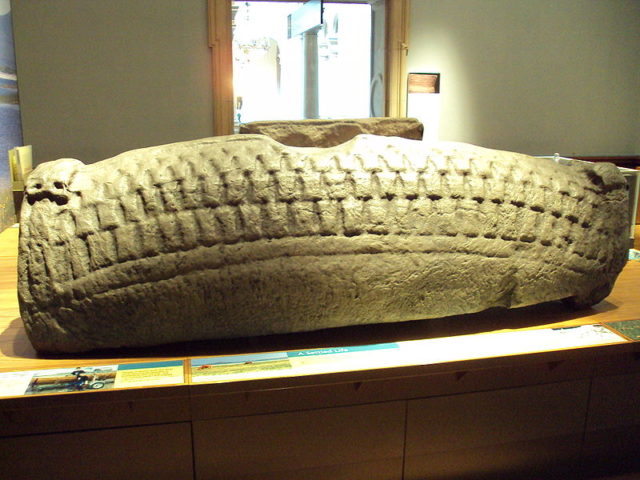
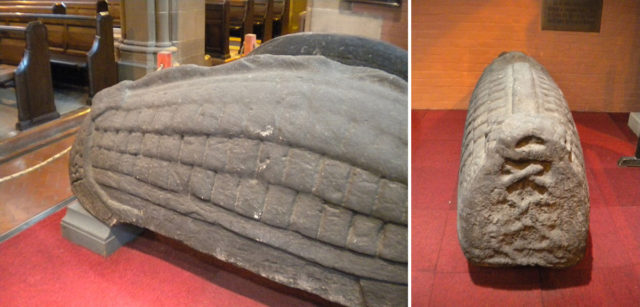
The hogbacks are found exclusively in areas of northern Britain settled by Vikings – southern Scotland, Cumbria and Yorkshire.
A few examples are found in other parts of Scotland, but the five at Govan (inside Govan Old Parish Church) are the biggest and heaviest examples of the type. The earliest has been dated to the mid-tenth century.
Even more impressive than the hogbacks is the monolithic sarcophagus which was found buried in the Govan church yard in the 19th century, without a body inside.
